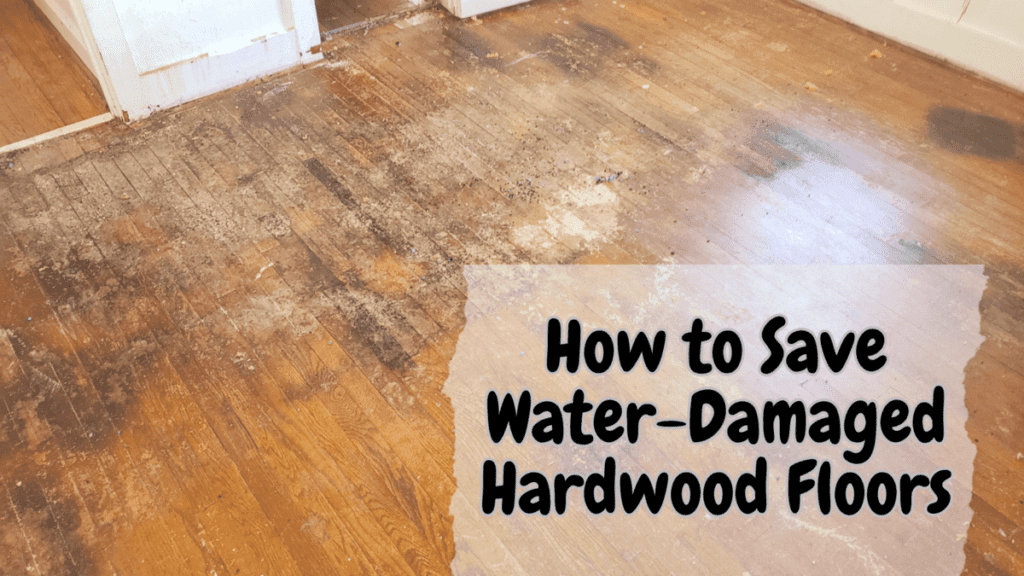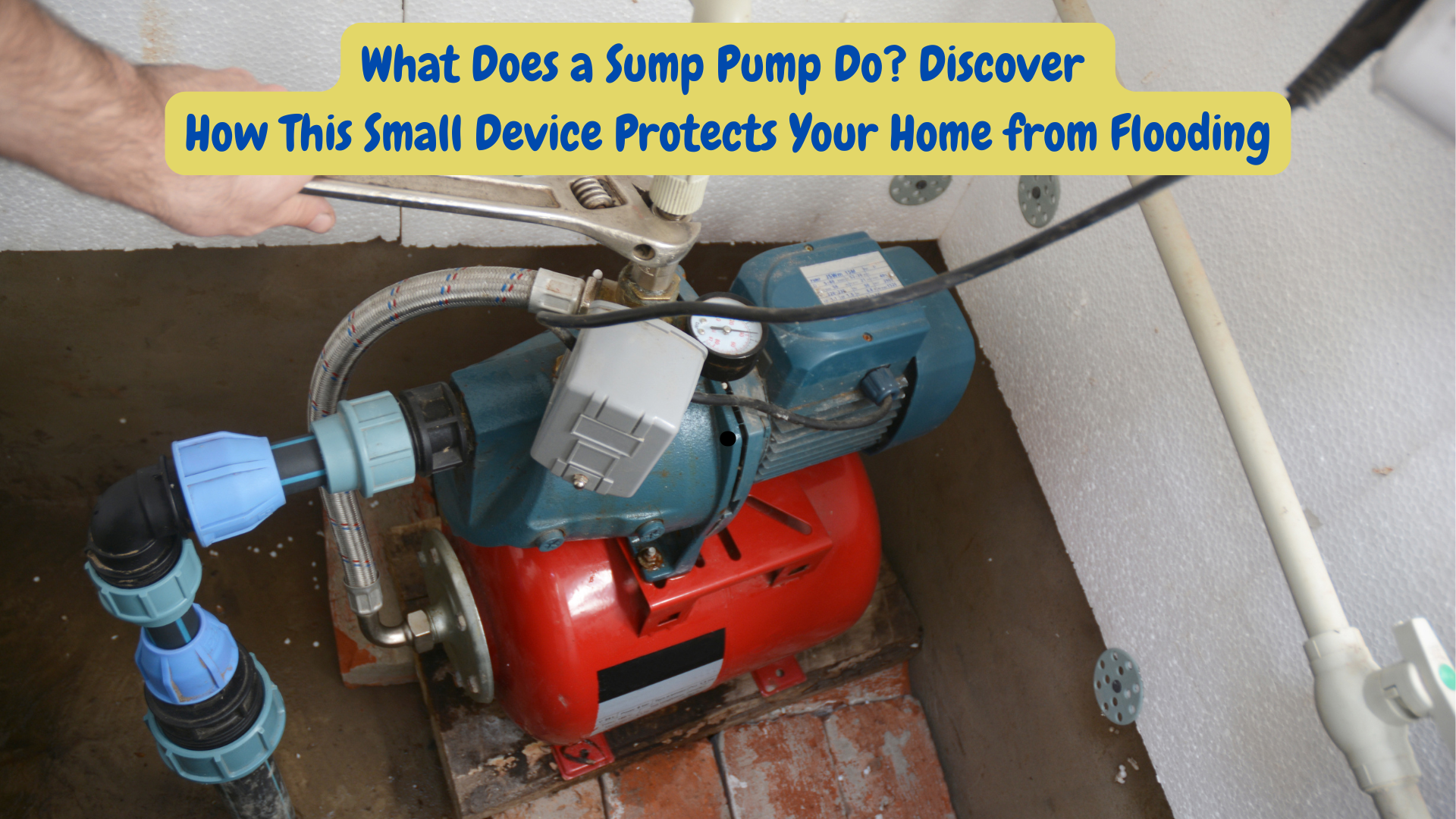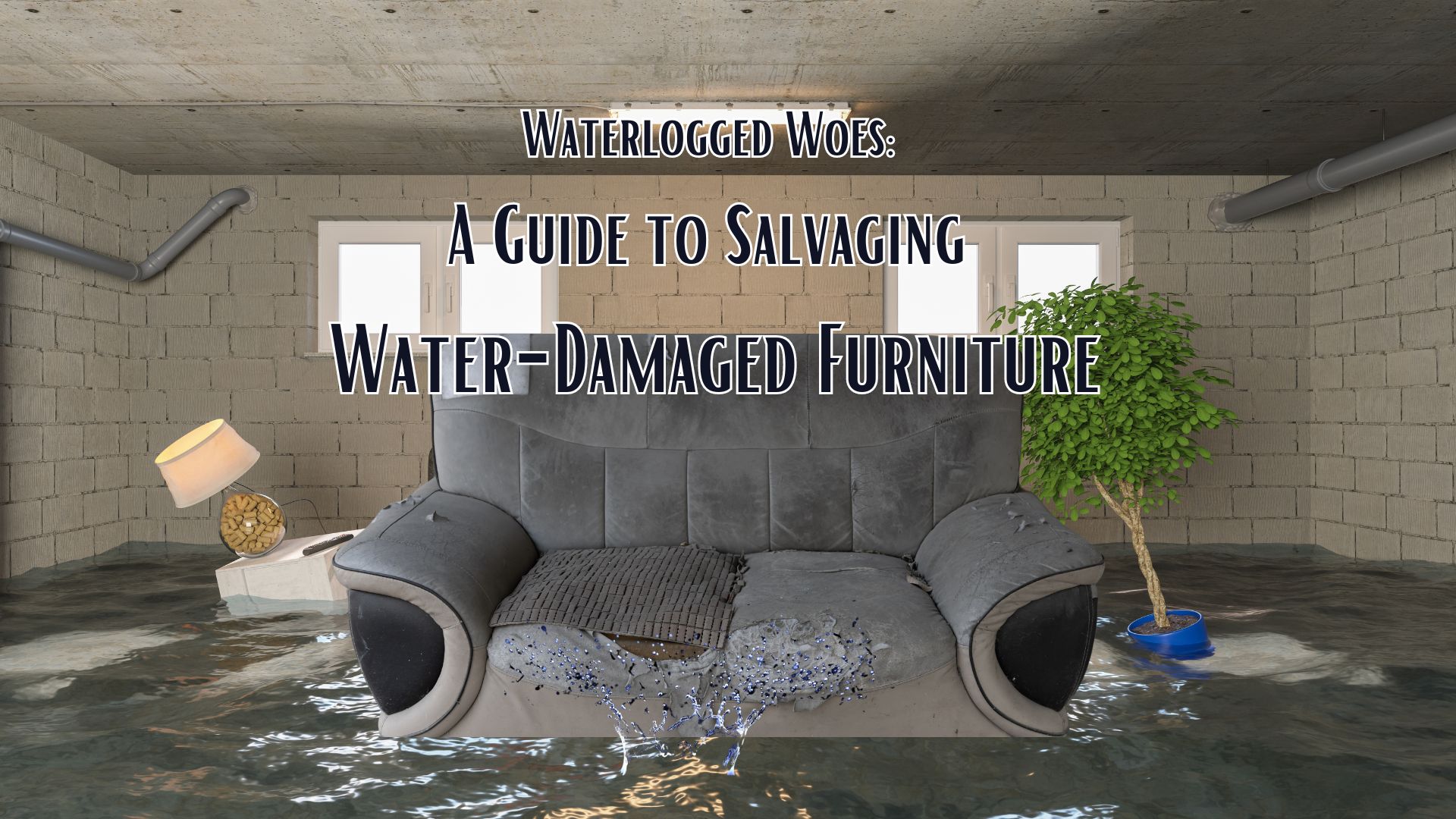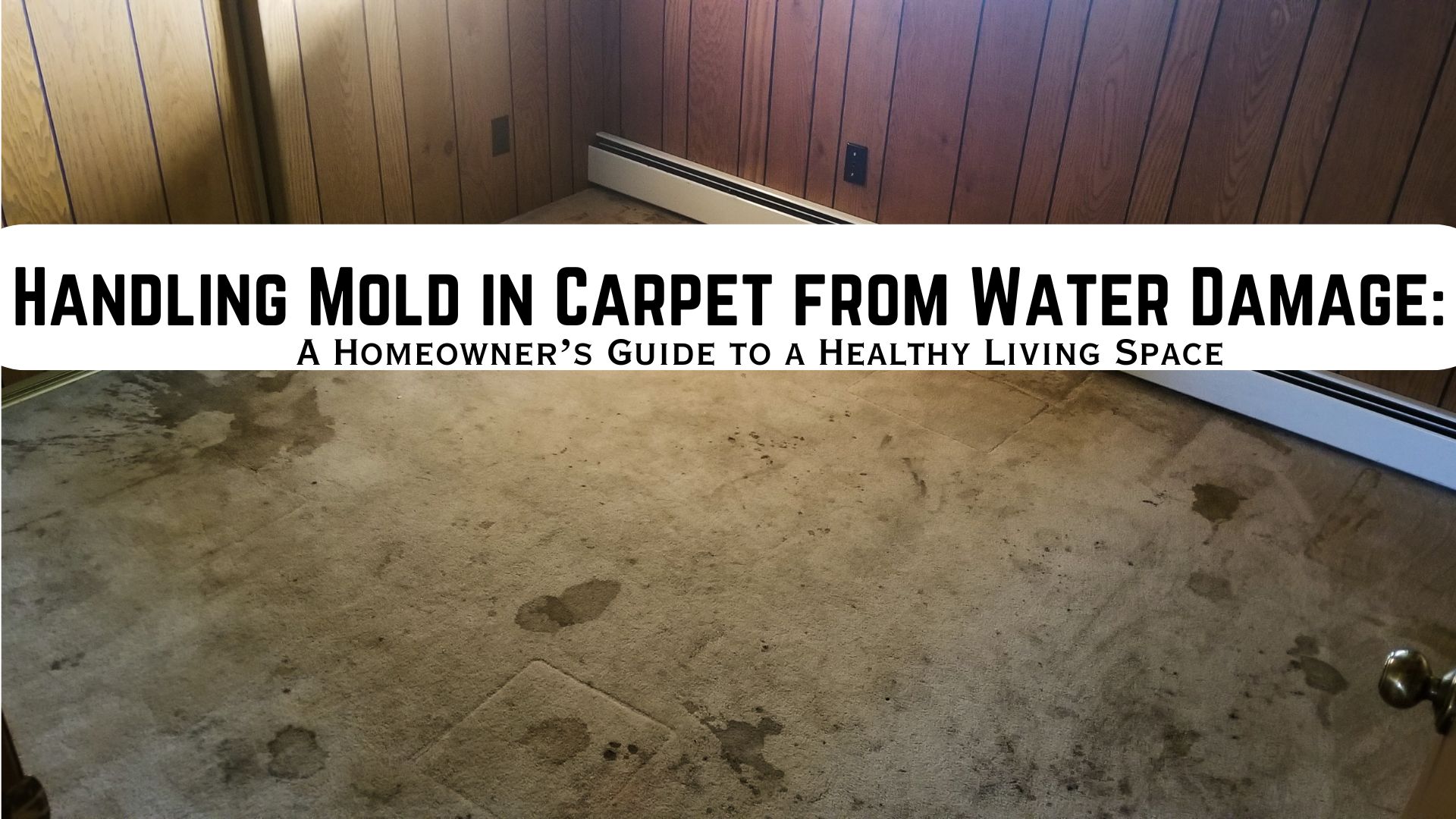
Water-Damaged Hardwood Floors
Opting for hardwood floors in your home offers numerous benefits. These floors are not only easy to clean, but they also possess impressive strength and durability while exuding an elegant aesthetic. However, it’s essential to recognize that wood flooring is not suitable for damp environments, as it remains susceptible to moisture and humidity. Indeed, water proves to be the arch-nemesis of wood. When water accumulates on the hardwood floor’s surface, the wood readily absorbs it, leading to detrimental consequences such as cupping and unsightly discoloration.
Save Water-Damaged Hardwood Floors
When water damage occurs in a house with wooden flooring, homeowners need to act fast to avoid serious damage to the floor. Here are some things homeowners can do to save water-damaged hardwood floors:
1. Find the Source
Your initial and most crucial step is to swiftly locate the source of the water and take immediate action to halt it. Failing to address the source effectively will render any subsequent drying efforts futile. Without pinpointing and stopping the source, the drying process becomes ineffective.
2. Get rid of hardwood water.
The subsequent vital step in rescuing water-damaged hardwood floors involves thorough water removal. Employ various tools such as mops, old towels, and floor squeegees to eliminate standing water. If a wet/dry shop vacuum is available, it can prove exceptionally useful in this endeavor. Additionally, ensure the removal of any other moisture-laden items, such as rugs and carpets, from the affected area to ensure complete water extraction.
3. Clean and Disinfect the Floor.
Prepare a cleaning solution by combining a mild detergent and disinfectant with clean water in a bucket. Instead of pouring the solution directly onto the floor, apply it methodically as you scrub. This careful approach prevents exacerbating the issue. Scrub the floor diligently to ensure the removal of dirt and any organic substances that can foster mold growth.
4. Apply Treatment to Moldy Areas.
Check all the areas if they are free from mold. If molds colonize a small area, it is still easy to remove. First, scrub the surface mold stain with a mixture of 1qt. Water and 1/2 cup bleach mold cleaner to kill the mold. After scrubbing the area, let the solution penetrate the surface and dry. However, when the area is big, it is necessary to call mold remediation experts to help you with the problem. They have all the necessary tools and knowledge to fully remove the mold.
5. Dry the Floor
Dry the floor naturally using fans on full blast. If it is not raining, opening the window will help dry the floor. Use a dehumidifier to pull out the moisture. Make sure to dry the floor naturally as a fast drying process would lead to cracks on the floor. Do not apply heat on the flooring. It may cause cupping and other problems. You can use a moisture meter to monitor the moisture level of the floor. Drying water-damaged hardwood floors completely takes weeks. Leave your dehumidifier active until there is no water left in the area.
Call a Professional for Help! Water-damaged Hardwood Floors
The task of drying water-damaged hardwood floors is a time-consuming endeavor, often a daunting one for homeowners. Precise execution of this process is crucial to guarantee the long-lasting integrity of the wood. If you find yourself uncertain about the correct procedures, it’s advisable to seek the expertise of a professional water damage restoration company. They possess the essential equipment and tools required to effectively clean and thoroughly dry your space, ensuring the preservation of your hardwood flooring for years to come.
Open 24/7, Superior Restoration is ready to assist you. Contact us today!



